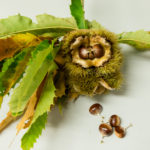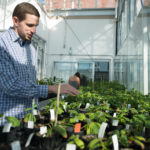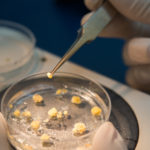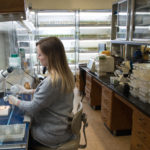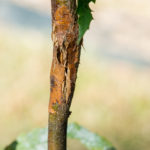Saving the Chestnuts
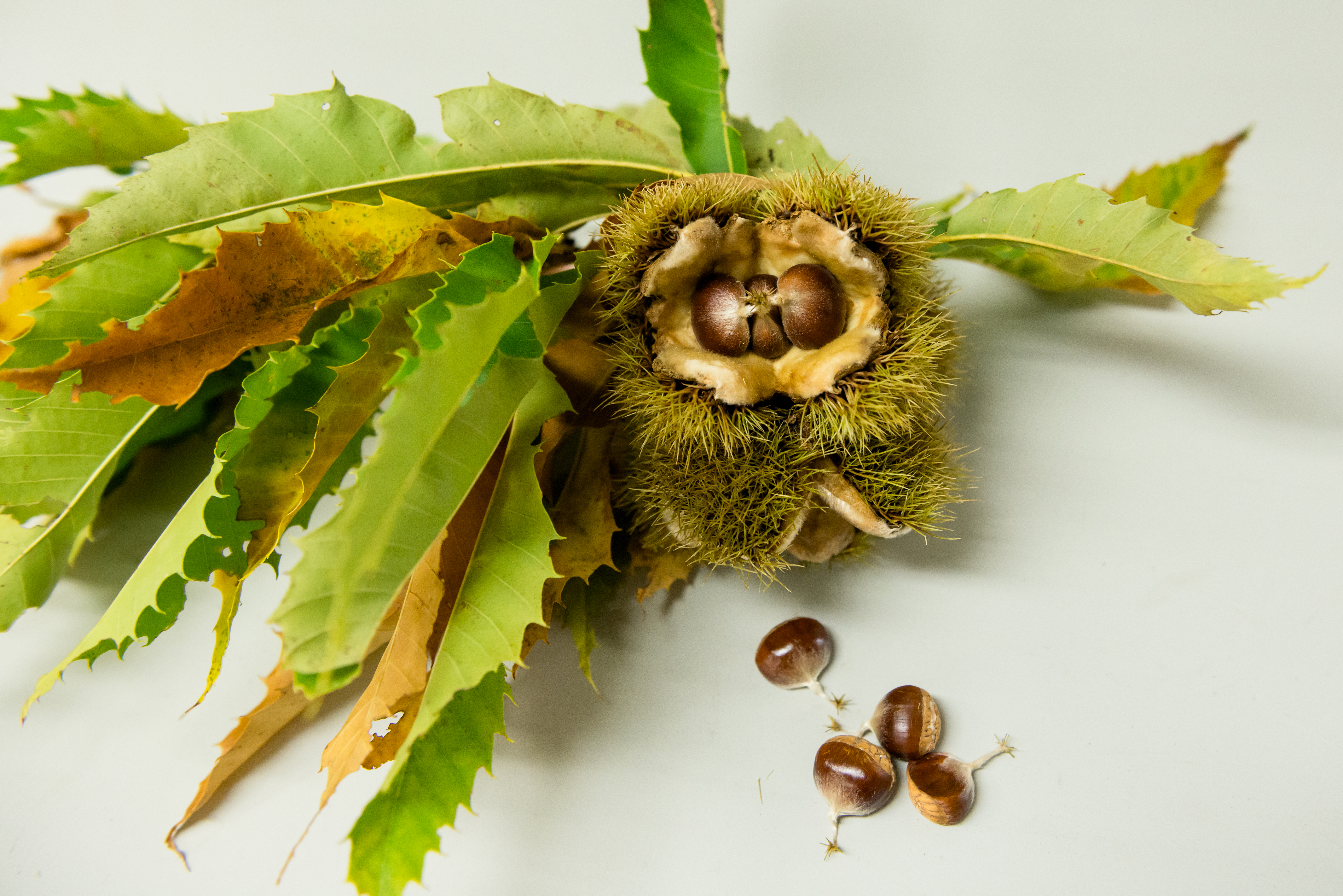
What if more than just 100 years ago you looked into nearly any eastern forest and one out of four of the trees would have been an American chestnut tree?
In just that short amount of time, the American chestnut tree has been nearly wiped out because of a fungus, which causes Chestnut blight. The fungus was brought into the United States in the early 1900s with the import of Asian chestnuts, and by the 1950s the American chestnut nearly became extinct.
It is estimated that three to four billion of these trees were wiped out within the 50-year span.
The American chestnut, otherwise known as Castanea dentata, was once considered highly important to the environment. It produces large, straight trees that are naturally rot resistant, and creates an abundance of nuts for a food supply for animals.
Some blight resistant hybrid trees have been produced by cross breeding the Chinese chestnut with the American chestnut, but these trees may not be ideal for replanting in North American forests.
Scientists, professors, and students at the State University of New York College of Environmental Science and Forestry (ESF) located in Syracuse, New York, have found a way for the American chestnut tree to fight the Chestnut blight and return from nearly being extinct.
The staff working at ESF has been able to grow fungus resistant trees by introducing a wheat gene into the tree’s genome. They insert the gene, Oxalate Oxidase, which is an extremely common gene known for its fungal defense in many plants.
This gene is naturally found in strawberries, bananas, oats and barley, making them resistant to some kinds of fungi.
“This gene naturally breaks down the toxins produced by the fungus, allowing the tree to fight off the blight and heal naturally,” said researcher Andy Newhouse, who is working on a Ph.D. in plant science and biotechnology.
“We have to start with a single cell or embryo and have the cell reproduce the gene to ensure the gene is found throughout the entire tree.”
According to Newhouse, this will allow American chestnuts produced by the trees to already possess the blight-resistance gene, making future generations of fungus-resistant trees, helping it to repopulate forests.
The next step for the team is to get it passed through the different federal regulations, because of the process used to insert this gene.
“We are now in the process of testing various strengths of the gene and the effects it has on growth, health and resistance to the blight, to find the most effective variation with the least unintended effect,” Newhouse said.
“We are also analyzing the data from several experiments to submit to the federal government for approval.”
According to Newhouse, this is a century project because once the tree is approved by all agencies, it will still take nearly 100 years for the trees to truly repopulate and start thriving in the wilderness.
